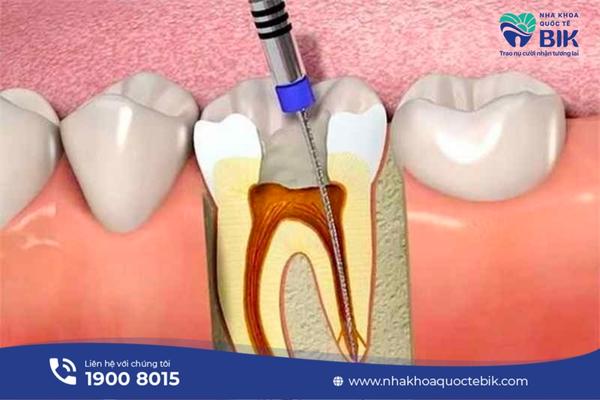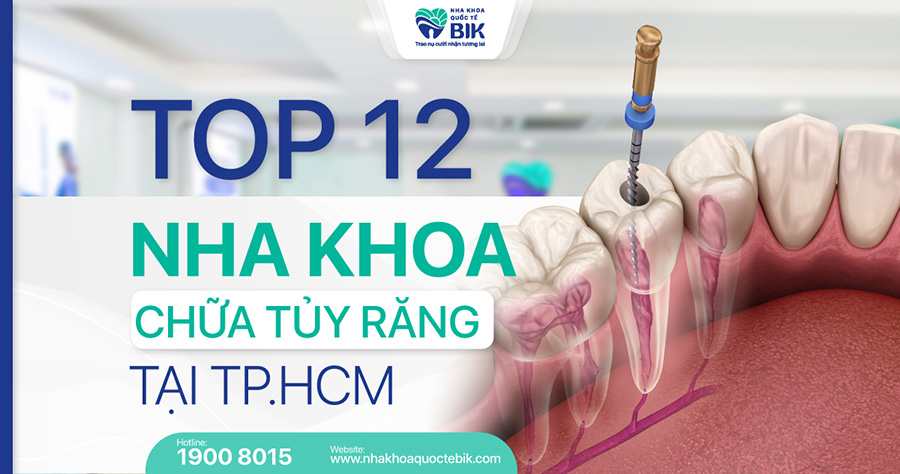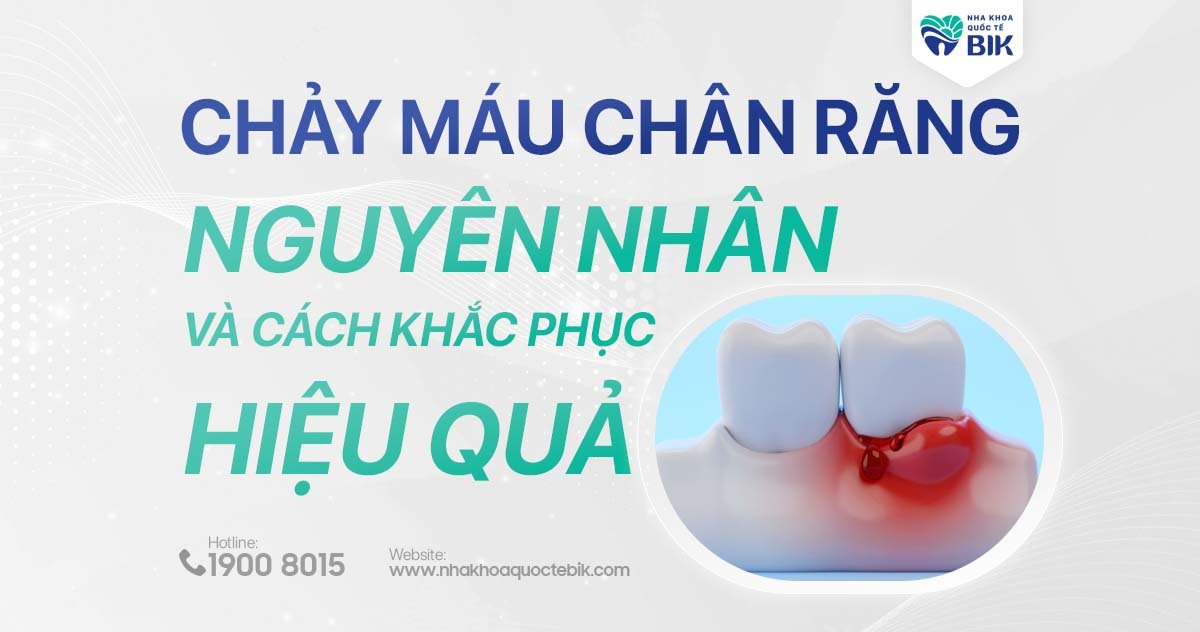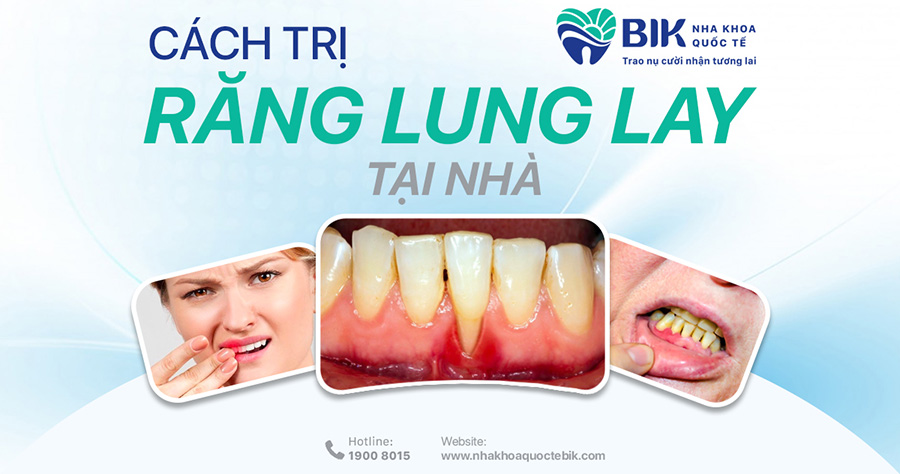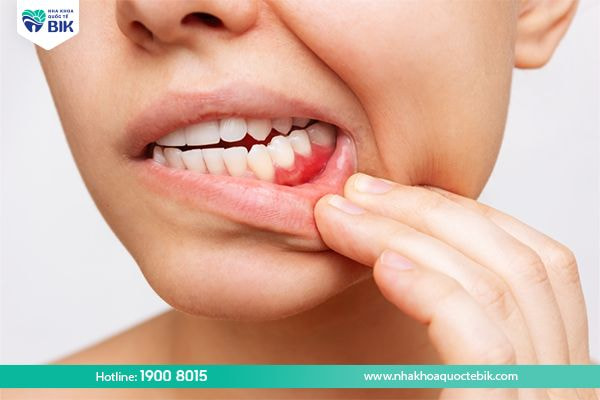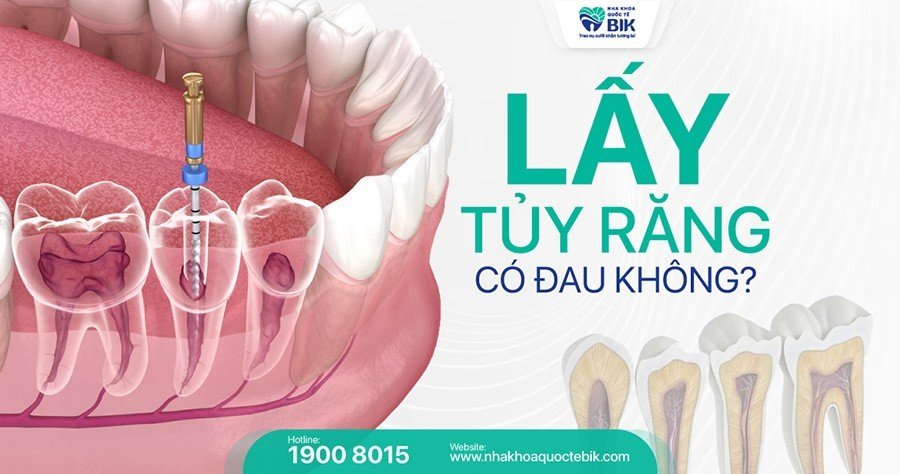
When faced with root canal treatment, one of the most common questions that many people are interested in is whether root canal treatment is painful? Let’s find out with BIK International Dentistry in the article below!
1. When is root canal treatment necessary?
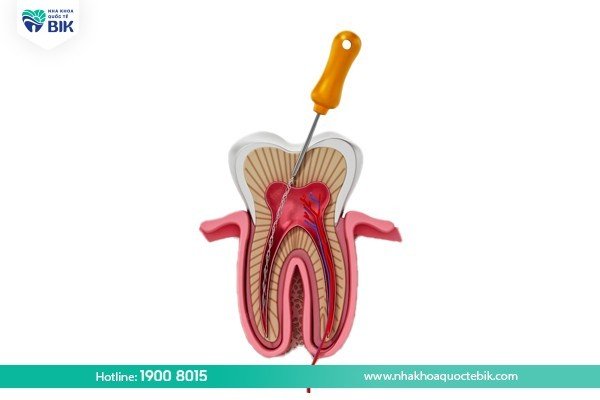
Before finding out if root canal treatment is painful, let’s find out who should have root canal treatment first!
The root canal is a component located deep inside the tooth body, made up of soft tissues, nerves and blood vessels that are closely connected to each other. The root canal has the role of nourishing the tooth as well as transmitting external stimulation to the tooth.
Normally, the root canal will be protected by solid layers of enamel and dentin on the outside, thereby avoiding maximum impact on this part. However, pulpitis can still occur when the protective layer is damaged, allowing bacteria to penetrate inside.
If in the past, doctors could only extract teeth when encountering this condition, now there is a method of removing the pulp to protect and prevent unpleasant pain. Doctors often prescribe tooth extraction in the following cases:
– Broken, chipped or severely decayed teeth leading to pulpitis and severe infection.
– Toothache with increasing severity, showing no signs of improvement.
– Toothache, sensitive to cold or hot food and drinks.
– Persistent toothache, which can spread to the head and is ineffective with pain relievers.
– White pustules appear at the base of the tooth repeatedly, causing unpleasant bad breath.
2. How does the root canal procedure work?

Before finding out whether root canal procedure is painful, let’s find out how the root canal procedure works!
The root canal procedure takes place with the following basic steps:
2.1. General examination
First, the doctor needs to check the general oral condition of the customer as well as take an X-ray to determine the level of pulpitis. From the data obtained, the doctor can make a detailed treatment plan for each patient.
In case the customer has other oral diseases, they need to be thoroughly treated before proceeding with the root canal to ensure safety.
2.2. Oral hygiene and anesthesia
Plaque on the teeth will hinder the treatment process, so the doctor must perform oral hygiene through steps such as scaling and cleaning the oral cavity to limit infection. After that, the customer will be injected with local anesthesia to feel more comfortable during the treatment process.
2.3. Performing root canal treatment
Before performing the root canal, the doctor will place a rubber base on the tooth that needs root canal treatment to avoid chemicals falling into the stomach. In case the tooth pulp is necrotic, the doctor will directly remove the root canal. A specialized drill will be used to create a line on the tooth that connects to the pulp chamber. After that, the tooth pulp will be cleaned out and the doctor will proceed to rinse the root canal.
2.4. Root Canal Filling
After the root canal is removed, the doctor will shape the root canal to the correct size and fill the gaps with specialized materials to complete the root canal treatment.
2.5. Re-examination
After the root canal is removed, the doctor will instruct the customer on how to take care of their teeth and schedule a follow-up appointment to check their oral health.
3. Does it hurt after a root canal?

Does it hurt after a root canal treatment? It depends on the different stages:
3.1. Does it hurt after a root canal treatment?
With the rapidly developing dental technology today, root canal treatment is relatively gentle and takes much less time than before. Before the root canal treatment, the doctor will inject a local anesthetic to make the patient feel more comfortable throughout the treatment process.
In cases of mild pulpitis, the patient may feel a slight stiffness in the jaw but is not at all painful or uncomfortable. In cases of severe pulpitis, the root canal treatment may cause some pain, but not as much as the pain caused by pulpitis.
3.2. Does it hurt after a root canal treatment?
After the root canal treatment is completed, for the first 1-2 hours, the patient may feel slight pain as the anesthetic gradually wears off. If necessary, the doctor may prescribe some painkillers and antibiotics to help the patient feel more comfortable.
After a period of root canal treatment, the patient will not feel any lasting pain but will almost completely stop. Therefore, if the pain does not subside, it may be because the doctor performed the procedure incorrectly, the patient needs to go to the dentist for a check-up.
4. Factors that determine whether root canal treatment is painful or not?
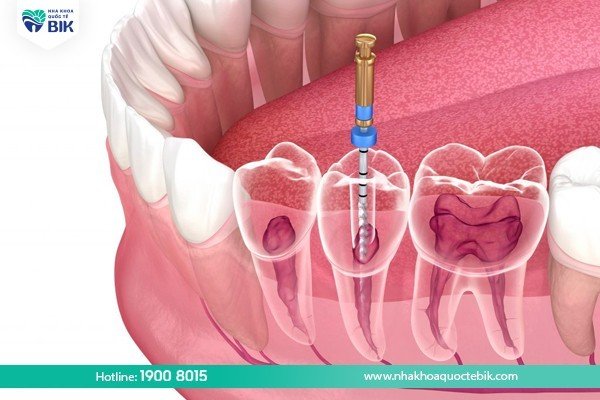
Whether root canal treatment is painful or not depends on the following factors:
4.1. Doctor’s skills
Doctor’s skills are the biggest factor in determining whether root canal treatment is painful or not. If the root canal treatment is performed by a highly qualified and experienced doctor, the treatment time will be shortened and there will be no negative effects after the root canal treatment.
On the contrary, if the treatment is performed by a doctor with poor skills, the operation and technique will easily make mistakes, causing damage to the enamel as well as the tooth structure during the root canal treatment. This often leads to pain and sensitivity after the root canal treatment.
4.2. How to care for teeth after root canal treatment
How patients care for their teeth after root canal treatment also greatly determines whether root canal treatment is painful or not. Therefore, customers should strictly follow the doctor’s instructions on oral hygiene as well as use pain relievers to limit pain and sensitivity.
5. How to relieve toothache after root canal treatment

How to relieve toothache after root canal treatment you should know
As mentioned above, if necessary, the doctor will prescribe painkillers and antibiotics to help the patient feel more comfortable. However, customers should note that they should not use any medication without a doctor’s prescription to avoid making the pain worse.
In addition, patients should pay attention to proper oral hygiene according to the doctor’s instructions to avoid affecting the sensitive and vulnerable teeth. Specifically, customers should brush their teeth at least twice a day with a soft-bristled toothbrush with moderate brushing force, and combine it with dental floss to remove all food plaque. This helps prevent bacteria from growing and attacking the root canal treated tooth.
In addition, diet is also a factor that helps significantly reduce pain after root canal treatment. Patients should avoid eating foods that are too hard or too chewy and require strong force.
So whether root canal treatment is painful or not depends on different stages. Specifically, during the root canal treatment process at the dentist, it is completely painless thanks to the support of local anesthetics. After root canal treatment, pain will begin to appear as the anesthetic gradually wears off, but it will also subside after only a few days.

